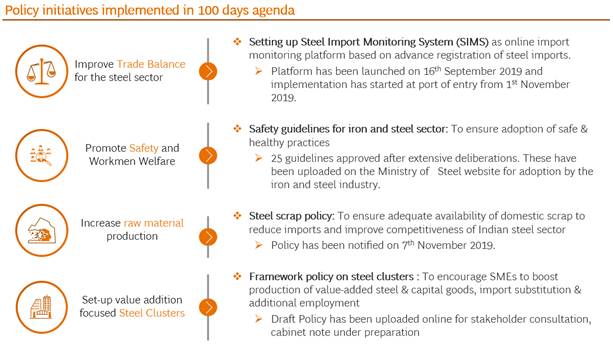
In the complex landscape of the steel industry, government policies wield significant influence, shaping everything from production practices to market dynamics. This guide delves into how these policies impact the steel sector, exploring key regulations, subsidies, and trade agreements that drive its evolution.
The Role of Government Policies in Steel Production
Steel, a foundational material in construction, manufacturing, and infrastructure, is subject to a myriad of governmental regulations worldwide. These policies often aim to achieve several crucial objectives:
Environmental Standards and Regulations
Governments impose strict environmental standards on steel production to mitigate pollution and promote sustainable practices. For instance, regulations may mandate the adoption of cleaner technologies, such as electric arc furnaces (EAFs), to reduce carbon emissions.
| Country | Key Environmental Regulations |
|---|---|
| USA | Clean Air Act, EPA Standards |
| China | Air Pollution Control Action Plan |
| European Union | Emission Trading System (ETS) |
| India | National Clean Air Program |
Trade Policies and Tariffs
Governments use tariffs and trade agreements to protect domestic steel industries from foreign competition or to negotiate advantageous terms in international markets. These measures can significantly impact steel prices and market dynamics.
Graph showing the impact of tariffs on steel imports (content excluded)
Subsidies and Financial Support
Subsidies are often provided to steel manufacturers to enhance competitiveness or promote technological advancements. These subsidies can range from direct financial aid to tax incentives for research and development.
| Type of Subsidy | Examples |
|---|---|
| Financial Aid | Grants, Loans |
| Tax Incentives | R&D Tax Credits |
| Infrastructure Support | Investment in Steel Plants |
Case Studies: Global Impact of Government Policies
European Union’s Emission Trading System (ETS):
The European Union’s ETS imposes a cap on carbon emissions for heavy industries, including steel production. This policy incentivizes steelmakers to invest in cleaner technologies and reduce their carbon footprint. As a result, EU steel manufacturers have embraced innovations like hydrogen-based steelmaking processes to meet stringent environmental targets.
US Section 232 Tariffs on Steel Imports:
In 2018, the United States implemented Section 232 tariffs on steel imports, citing national security concerns. This move aimed to protect domestic steel producers from cheap imports and bolster local manufacturing capabilities. However, it sparked retaliatory tariffs from trading partners and complex negotiations over trade agreements.
Future Trends and Challenges
Looking ahead, the steel industry faces ongoing challenges and opportunities shaped by evolving government policies. Key trends include:
- Green Initiatives: Continued emphasis on sustainable practices and carbon-neutral steel production.
- Global Trade Dynamics: Shifts in international trade agreements and geopolitical tensions influencing market access.
- Technological Innovation: Adoption of advanced technologies like AI-driven production processes and automation.




